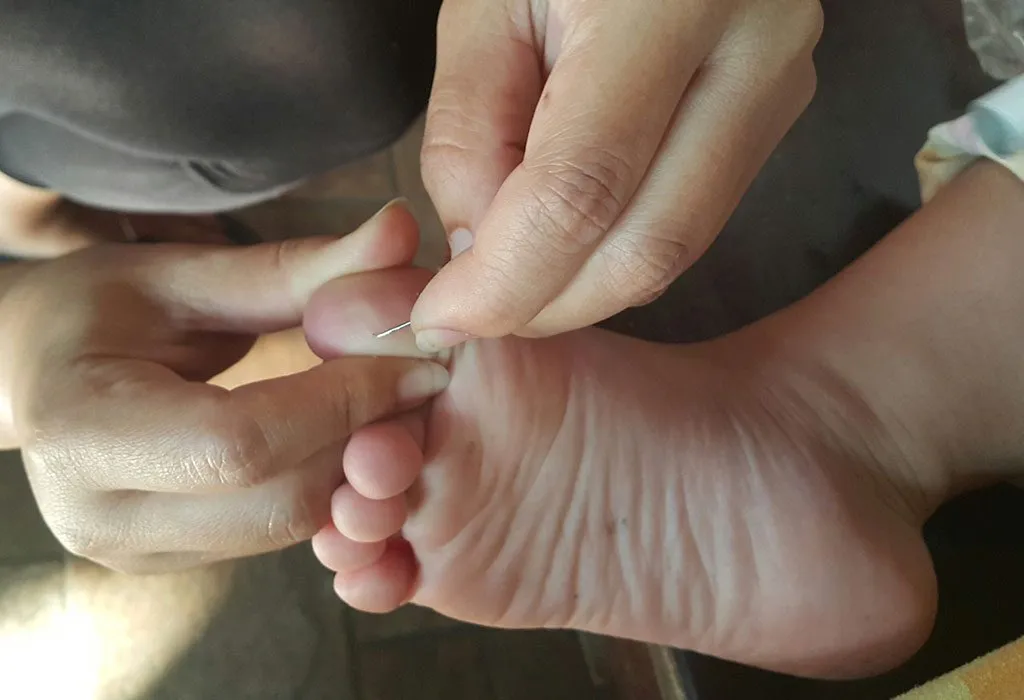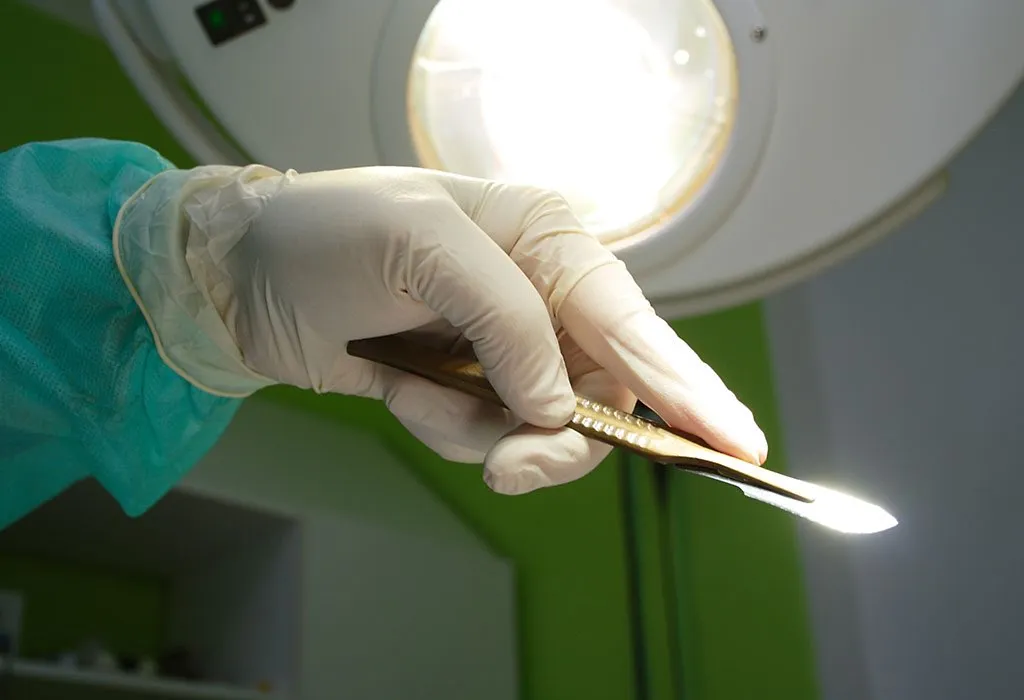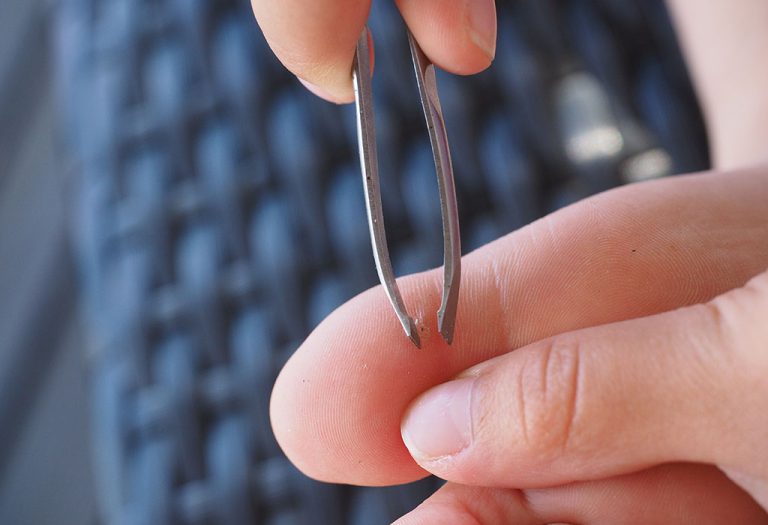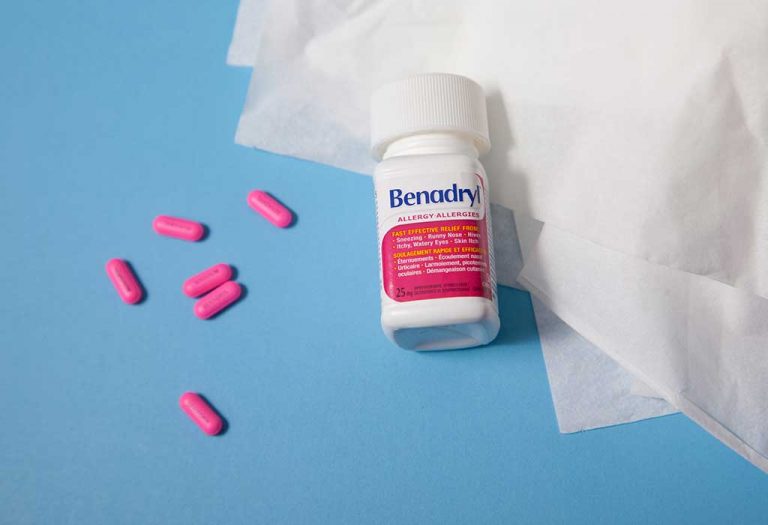Effective Ways to Remove Splinters From Your Child’s Skin

- Are Splinters Harmful?
- Things You Need to do Before Removing the Splinter at Home
- Simple Ways of Getting Splinters Out from A Child’s Skin
- How to Stop Splinters From Hurting?
- What to Do If You Are Unable to Remove the Splinter or Your Child Refuses to Remove it?
- How to Prevent Your Child From Getting Splinters?
- When to Consult the Doctor?
- FAQs
Children are always blissfully unaware of the myriad little hazards that can pose risks during their playtime, with splinter wounds emerging as one of the most prevalent consequences. Various materials, including wood, glass, plastic, and metal, have the potential to break into fine splinters, posing a threat to your toddler’s delicate skin as they innocently engage in play. In the event that you find yourself facing such a scenario, it is crucial to respond promptly and effectively to ensure your child’s well-being. Taking swift and appropriate action can make a significant difference in preventing complications and promoting a swift recovery for your little one. Read on for ways to remove splinters from a child’s skin.
Are Splinters Harmful?
Splinters aren’t harmful by themselves but they can make way for certain harmful bacteria to enter your child’s body and cause infections. If your child’s vaccinations are not up to date, there is always a risk of tetanus. It’s a potentially fatal infection to babies caused by a bacterium that enters the blood through a wound. The DTaP vaccine protects against tetanus is normally given around 2, 4, and 6 months. It is also given again between 15 to 18 months and again between 4 and 6 years and again between ages 11 to 13. Booster shots are recommended after that every 10 years for the rest of the life.
Things You Need to do Before Removing the Splinter at Home
Removing splinters from children’s feet might not be as simple as you would assume. The child most likely won’t co-operate fully and there’s a chance you could end up pushing the splinter deeper. Therefore, to begin with, get some help and ask someone to hold the child as he will inevitably squirm when you try to pull out the splinter. Clean your hands and the wound before you begin and sterilize your instruments such as tweezers, needles, and clippers and so on. Stay calm and do not lose patience, it might add to your child’s fear. Seeing you calm, on the other hand, makes them feel secure and cooperate. Once the splinter is out, apply antibacterial cream to the wound.
Simple Ways of Getting Splinters Out from A Child’s Skin
Here are some useful methods on how to get a splinter out of a toddler:
1. Using Needle and Tweezers
Most splinters can be pulled out by tweezers with some help from a needle. Here is how to do it:
- Sterilize both by dropping them in boiling water and later cleaning with some alcohol.
- Dab a little alcohol around the wound before you being extracting the splinter.
- Using the needle clear out a little skin by making a slit, so as much as the splinter is exposed and within the grasp of the tweezers.
- Grab the splinter firmly with the tweezers and gently pull it out in the same direction that it went in to avoid breaking it.

2. Drawing Salve Method
You will need the drawing salve or Ichthammol ointment for this procedure and a band-aid.
- Apply the ointment over the wound and cover it with a band-aid so it doesn’t stain pillows or sheets while you let it work in the night.
- Remove the band-aid after a day and check if the splinter has come out.
3. Baking Soda Paste
Prepare a paste using ¼ teaspoon of baking soda and water. Apply it over the wound and cover with a band-aid overnight. Open the band-aid after a day and you may find the splinter sticking to the band-aid.
4. Using Cello Tape
If you can’t find a pair of tweezers in time, use a cello tape and stick it to the wound over the splinter. Pull out the tape and you will find that the tape pulls out the splinter as it peels.
5. Using Glue
Although it seems like a bad idea to glue a lodged splinter to the skin, it works well with white wood or craft glue. Apply some white glue over the wound and splinter and allow it to dry. Peel off the glue and it pulls out the splinter along with it.
6. Nail Clippers and Tweezers
This is effective when large splinters are stuck in your child’s foot in places with some callus such as the heel or the ball of the foot.
- Clean the wound with some alcohol dabbed to a cotton bud.
- Use the nail clippers to clear way some callus that’s covering the splinter until it is within the grasp of the tweezers.
- Firmly grip the splinter with the tweezers and pull out gently in the direction it went in.
How to Stop Splinters From Hurting?
The easiest way to stop a splinter from hurting is to numb the area with ice immediately. Along with numbing the pain, it also distracts your child from the pain, as you work to remove the splinter from the skin. Once removed, wash the area clean, apply an antibacterial cream and cover it with a bandage.
What to Do If You Are Unable to Remove the Splinter or Your Child Refuses to Remove it?
So, how to remove a deep splinter from a screaming child? If it’s a small splinter that isn’t causing too much pain, you can try leaving it there for a few days. Soaking their hands or feet in warm water for a while will help the splinter work itself out as the warm water loosens the skin around it. However, if the splinter is big and embedded firmly in the flesh or if the object is curved and can’t be pulled out, it’s best to leave it for the doctor to take care of.

How to Prevent Your Child From Getting Splinters?
Here are some ways you can minimise your child’s injuries:
- Ensure he is wearing shoes when playing outside.
- Sand down toys that have jagged edges or wooden railings or floor that has edges that can splinter.
- If you break a glass item in the house, ensure to vacuum the whole area and mop up afterwards.
- Keep him away from plants and bushes that have thorns or try bark that can splinter.
- Inspect playground equipment regularly for frayed materials that might splinter, and get them repaired.
When to Consult the Doctor?
Most splinters can be extracted at home with the simple methods mentioned above but sometimes baby splinter removal needs professional help. You should consult a doctor under these conditions:
- The splinter is large and is lodged firmly in the skin causing much pain when disturbed.
- The splinter is in too deep and you can’t get it out.
- It breaks off while you’re trying to pull it out.
- If you notice swelling, warmth, redness or pus in the area.
- It is lodged in the child’s eye, in which case it should always be looked at by a doctor.
- The splinter is made of glass or metal, as these materials may carry a higher risk of infection.
- Your child develops a fever after the splinter removal. It could indicate an infection that requires medical attention.
FAQs
1. Do Splinters Come Out on Their Own?
Splinters can sometimes work their way out naturally, but it’s not guaranteed. It’s often better to remove them promptly to prevent infection or complications.
2. Is It Normal That the Skin Becomes Red or Swollen After Removing a Splinter?
Yes, mild redness and swelling are common reactions as the body responds to the injury. However, if these symptoms worsen or signs of infection appear, consult a doctor.
3. Does Vinegar Help to Remove Splinters From Child’s Skin?
Vinegar may soften the skin, making it easier to remove a splinter. Soaking the affected area in a mixture of warm water and vinegar for a short period might help, but if the splinter is deep or causing pain, seek professional advice for safe removal.
A splinter in the child’s finger is a common part of childhood, as your little one tries to explore his surroundings. Unless it is a serious wound, most splinters can be safely removed and treated at home. If your child experiences pain or you are not confident about removing the splinter effectively, make sure to consult a doctor.
References/Resources:
1. Splinters; Stanford Medicine; https://www.stanfordchildrens.org/en/topic/default?id=splinters-90-P02851
2. Removing Splinters; British Columbia; https://www.healthlinkbc.ca/illnesses-conditions/injuries/removing-splinters
3. How To Remove a Splinter — and When to Call Your Doctor; Cleveland Clinic; https://health.clevelandclinic.org/how-to-remove-a-splinter-and-when-to-call-the-doctor/
4. Splinters and Other Foreign Bodies in the Skin; American Academy of Pediatricians; https://www.healthychildren.org/English/health-issues/conditions/skin/Pages/Splinters-and-Other-Foreign-Bodies-in-the-Skin.aspx
5. How to Remove a Splinter; American Academy of Dermatology Association; https://www.aad.org/public/everyday-care/injured-skin/burns/remove-splinters
6. Splinter removal; Mount Sinai; https://www.mountsinai.org/health-library/special-topic/splinter-removal
7. What Are Splinters?; Cincinnati Children Hospital Medical Center; https://www.cincinnatichildrens.org/health/s/splinters
Also Read:
Burns in Children
Shingles in Kids
Greenstick Fracture in Kids
Playground Safety for Children
Was This Article Helpful?
Parenting is a huge responsibility, for you as a caregiver, but also for us as a parenting content platform. We understand that and take our responsibility of creating credible content seriously. FirstCry Parenting articles are written and published only after extensive research using factually sound references to deliver quality content that is accurate, validated by experts, and completely reliable. To understand how we go about creating content that is credible, read our editorial policy here.
























